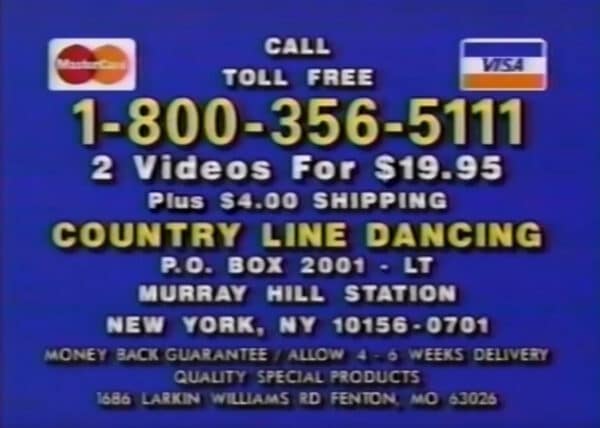Companies talk a lot about how to reduce friction when it comes to spending. But is that really benefiting you?
Make it easier. Make it faster. Make it simpler.
This is the relentless drum of commerce these days.
And buying things is probably easier than it’s ever been in history. I recall watching TV when I was a kid and seeing advertisements for mail order products. “Just call this number to order, and then send check or money order. Please allow 6-8 weeks for delivery. No C.O.D.”

Now there’s no part of me that wants to go back to the days of using checks or money orders to purchase things, but I have to wonder about all this ease and convenience. Mainly: Who is all this convenience benefiting?
Sure convenience is nice, as modern life is certainly frustrating. But does this type of financial convenience we see today serve us, or the business?
I’m not convinced it’s always us. But what to do about that?
Table of Contents
Spend money intentionally
There is nothing wrong with spending money. As I’ve said many times before, I’m not into frugality. I’d rather you spend money on what’s important to you, and if that means you reduce spending that’s not important to you, then that seems like a worthwhile tradeoff.
What I don’t like, is spending that isn’t mindful, or rather, absent-minded spending.
And when companies make it too easy spend money without thinking, I’m not into that.
Spending money should be a pleasurable experience. It should be something you enjoy. But at the very least, you don’t want to spend money you don’t really want to spend.
So I think adding a friction to your spending habits is actually a good thing. Here are some ways you can do that.
Don’t save your card information
“Save card info for faster checkout next time.”
Companies love to save your card information. That way, when you want to buy something later, you don’t even need to get out your wallet. Just click a few buttons and you’re done.
So, one of the easiest ways to force yourself to be present and think about a purchase is to not save your card information. (And if you have card information saved, remove it.)
This adds very little friction to a purchase. It’s not that hard to get out your wallet and pull out your card number. But that very little amount can save you from spending unintentionally and on things you don’t totally want. It might slow you down just enough to make you think twice, or try again later, when the moment might pass. And if it doesn’t, you’ll be more present in your purchase.
Shop somewhere other than Amazon
Amazon has pretty much everything you want. It might be sold by some company called TOPBOOC or BSMOULFA, but it’s all available through Amazon.
It’s become too easy to shop there, and Amazon knows it, which is why it’s not actually always the cheapest option.
So try shopping somewhere else, at least to start.
Want to buy something from a real company? Go to the company’s website. They often offer 10% off if you sign up for their mailing list. So you save money and slow down.
And you probably won’t have your card information saved there, so bonus.
If you can’t find what you want except by using Amazon, then fine, but at least you tried.
Don’t use Amazon Basics
If you find yourself committed to Amazon, here’s another way to add some light friction to your spending: Don’t buy Amazon Basics brand.
This is Amazon’s house brand, which unfairly competes with other retailers, driving up prices for everything that isn’t Amazon.
When you don’t default to the Amazon Basics brand, it’ll force you to shop around and find the right product that’s what you want. Yes, you may pay a little bit more, but you also might get a product of higher quality. And that’s worth paying for if you ask me.
Wait 24 hours
I have a rule of thumb: Whenever I’m going to purchase something that’s large (anything above $100), I always wait at least 24 hours to purchase.
This helps me ensure that something that’s going to take a sizable chunk out of my monthly spend is actually worthwhile, and that I’m not caught up in the moment.
In most cases, something that’s available today will be available tomorrow, so there isn’t really a rush. And after 24 hours, if I still want it and have the money for it, I just go ahead and purchase. If the moment passes, I won’t miss it.
Some people choose to wait even longer, and that’s fine. The timeline is just designed to encourage reflection, which can keep you spending on what’s truly important.
Choose your friction
There are plenty of ways to add some friction to your spending patterns, and the above might not resonate with you. That’s okay; you can find the tactic that works for you. I’d love to hear what you do to keep yourself from spending unintentionally.
And remember, the goal is not to spend less; the goal is to spend on what’s important. And companies that make it too easy to spend aren’t helping you; they are helping themselves.



